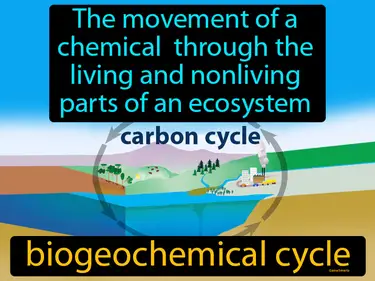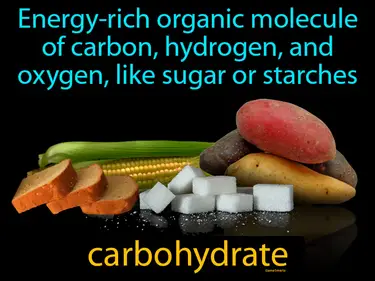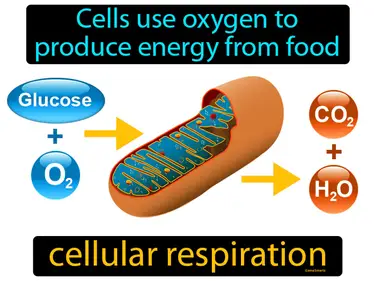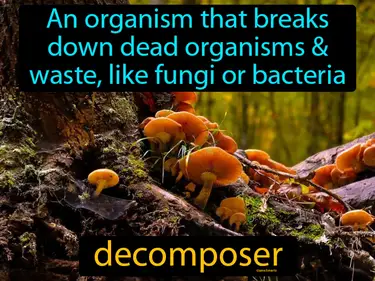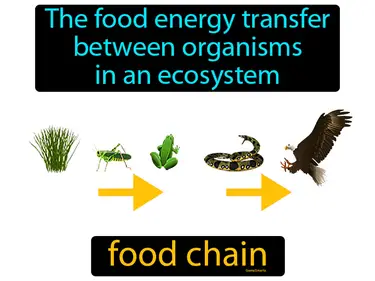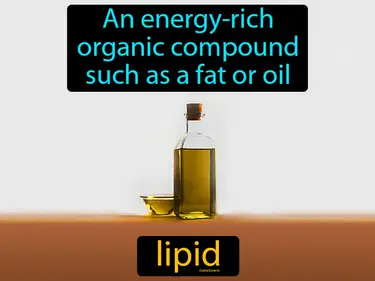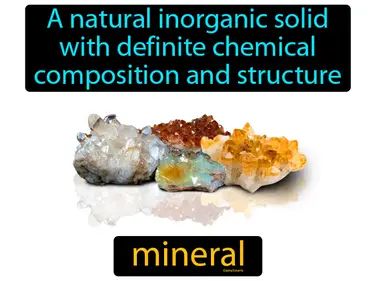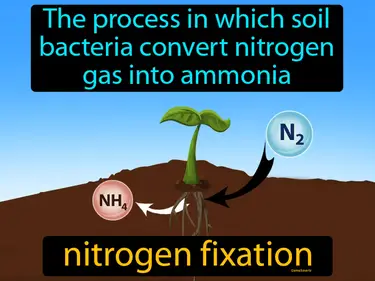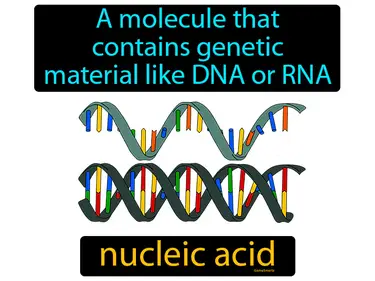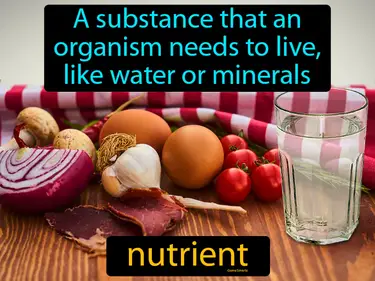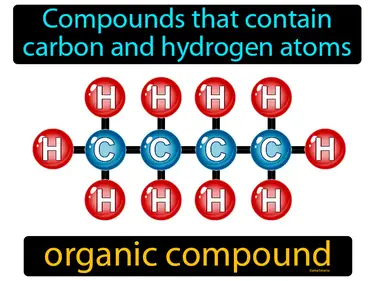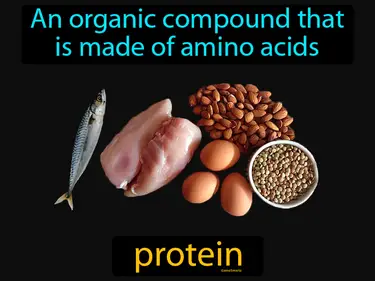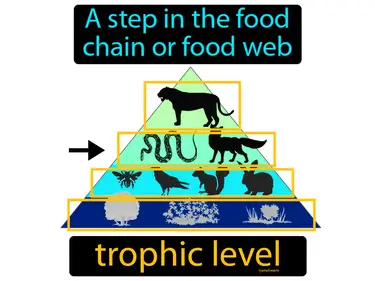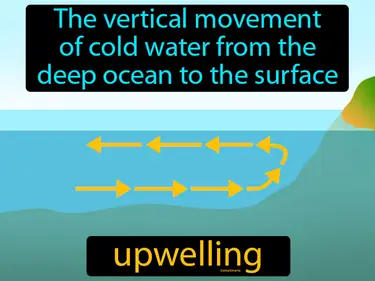Food Webs in Action
Science
10 percent rule
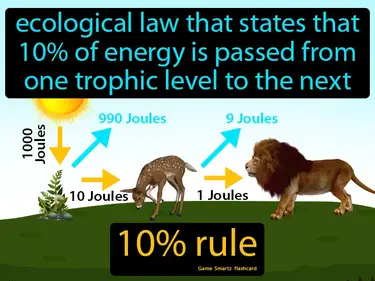
Ecological law that states that 10 of energy is passed from one trophic level to the next. 10 percent rule. The 10 percent rule means that when energy moves from one level of a food chain to the next, only about 10 of the energy is given to the next level, while the rest is lost mostly as heat.
assimilation
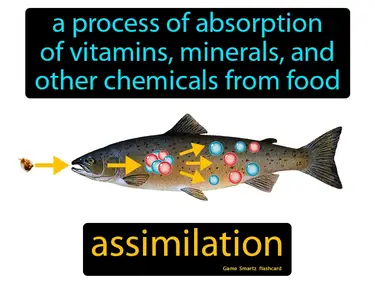
A process of absorption of vitamins, minerals, and other chemicals from food. assimilation. Assimilation is when your body takes nutrients from digested food and uses them to help build cells and maintain bodily functions.
nutrient cycling
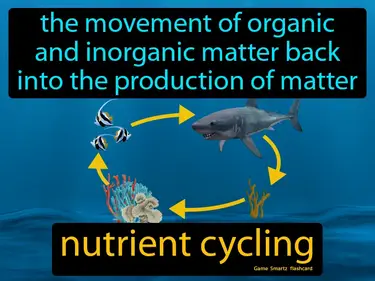
The movement of organic and inorganic matter back into the production of matter. Nutrient cycling. Nutrient cycling is the natural process where essential nutrients are reused and recycled in ecosystems to support life.
primary consumers
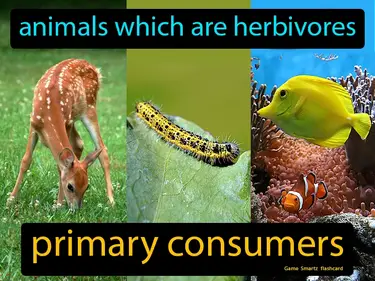
Animals which are herbivores. Primary consumers. Primary consumers are organisms that eat plants directly for energy.
secondary consumers
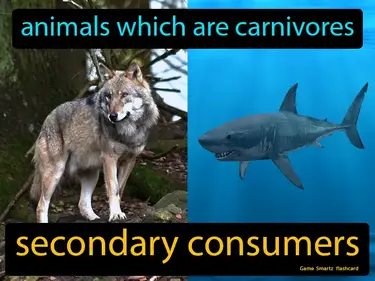
Animals which are carnivores. Secondary consumers. Secondary consumers are animals that eat primary consumers or herbivores in a food chain.
silica
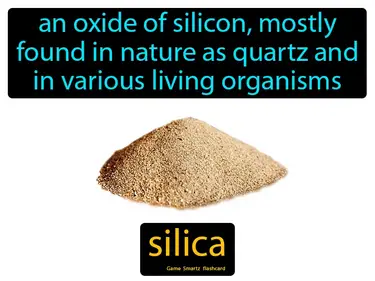
An oxide of silicon, mostly found in nature as quartz and in various living organisms. Silica is a natural mineral made of silicon and oxygen, commonly found in sand and rocks.
tertiary consumers
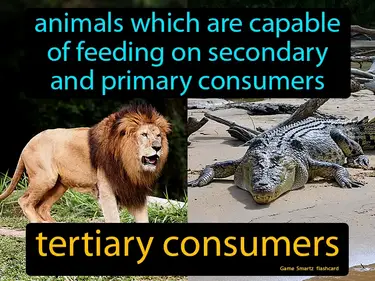
Animals which are capable of feeding on secondary and primary consumers are tertiary consumers. In Science, tertiary consumers are predators that eat other predators.
